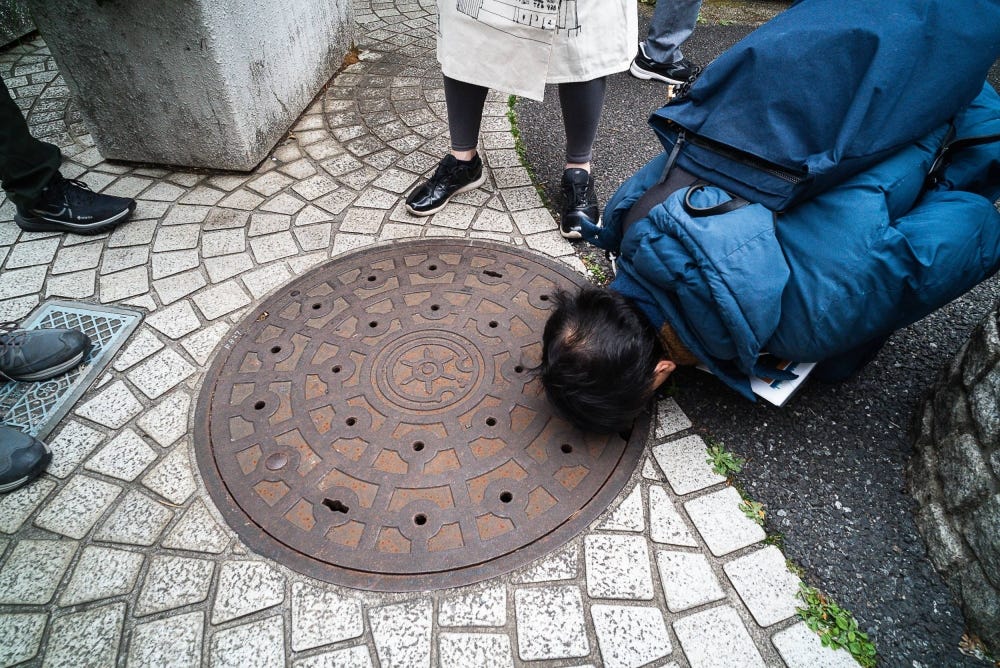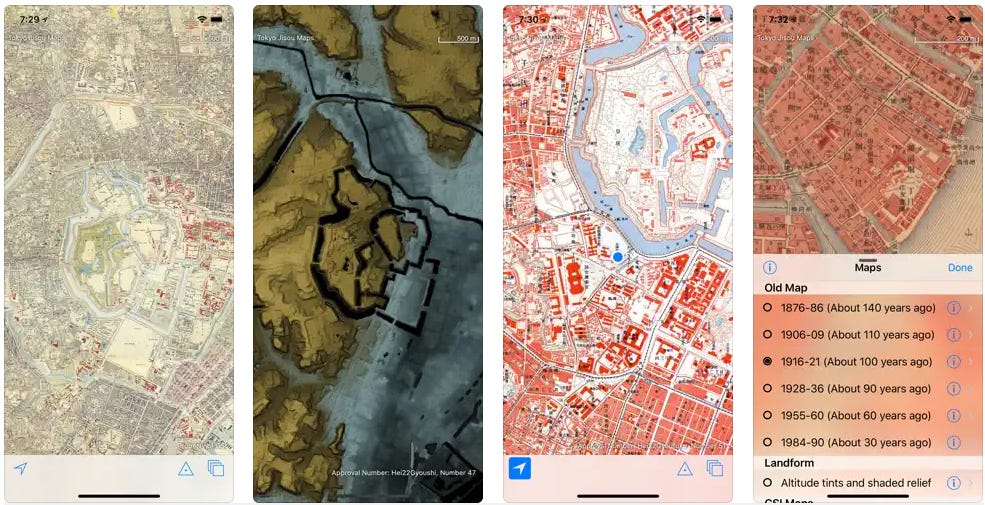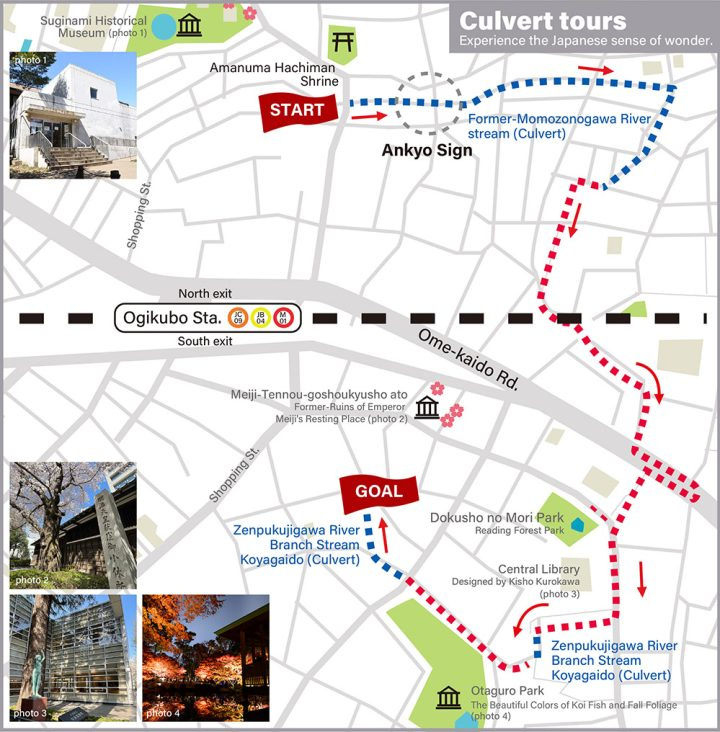The article “Tracing Tokyo’s Hidden Rivers” (The Japan Times, March 2024) was a fascinating dive into hidden hydrology mapping and urban exploration through the lens of Japanese culture and added a new term to my lexicon. The concept of ankyo, 暗渠. which at a basic level translates in English to something akin to “culvert”, “conduit” or “subterranean drain”. These features have been removed from the city's original landscape, yet still reveal themselves in numerous ways. This is the starting point for Hideo Takayama and Nama Yoshimura, who together started “Ankyo Maniacs”, a group focused on exploring these urban remnants of buried and hidden streams in the City of Tokyo.

The explorers rely on what they call “ankyo signs”, which include a wide range of markers that help clue us into the hidden hydrology, including place names, objects, and drains (such as shown above) which allow the visual and auditory connections to flowing water. There are also urban remnants such as barriers and old bridges that were previously in place to protect from open waterways but were never removed, or prevent access to areas that have been covered over. More obvious are places focusing on water, including baths, pools, and fishing ponds. The Ankyo Maniacs and others have refocused attention on these liminal spaces, as mentioned in the article:
“While they may be out of our sight, Takayama says water still flows through many ankyo, while others have become part of local drainage systems. “It’s as if they’re telling us, ‘We’re still here,’” he says. “By getting to know them, we can appreciate the past dignity of these rivers.”
The basis for the exploration relies on several maps and the history of Tokyo spans many years. The Tokyo Ankyo Sanpo (Tokyo Ankyo Stroll) map, edited by So Honda, provides the go-to for locals exploring the city with ankyo and other features mapped in detail. Another more modern resource is the Tokyo Jisou, or Time Layer Maps, available as an iPhone and iPad app, which is a map viewer that shows maps of the city at different periods, spanning the Meiji to Heisei Eras from the 1800s to present time.

Beyond the specifics of mapping and exploration, the language of hidden hydrology is also fascinating, the Japanese term “ankyo” providing a case study of the hidden poetry of the terms. At a basic level, ankyo describes these places in practical terms, as drains and culverts that work to convey water underground. When you look at the underlying meaning of the characters, it hints at ideas like ‘darkness, shade, disappearance’ which allude to the more mysterious nature of the network of underground features that compel us to explore. The Tokyo Ankyo Sanpo map mentioned previously also includes the opposite features “kaikyo” 海峡, which are the still-visible open channels, evoking lighter ideas like ‘cheerful, pleasant, and agreeable’.
An example of one of the tours is found on the Experience Suginami Tokyo site, providing self-guided instructions in the area of Ogikubo Station following the route of the former Momozonogawa River and portions of the Zenpukujigawa River, including “ankyo signs” such as alleys and paths that act as covers to the buried streams, curving walkways mimicking the previous channels, and other hints at the hidden histories underneath.

The heart of the process isn’t just about the learning or processing of information, but about the experience. The prompt by the explorers: “Don’t Think. Walk and Feel!” is imbued with ideas about slow time, and the benefits of connecting to places more deliberately. It also connects to larger ideas about experiencing places, observing and connecting to the signs and features of the urban landscape, expressed in the Japanese concept of ‘wabi-sabi’, allowing appreciation of nature, along the way.
The language barrier does limit my full understanding of the content, (including what seems like some great publications) so if any Japanese speakers have more to add, I would love to hear it. For some bonus content, this short video with Takayama and Yoshimura in Tokyo outlines their work exploring the ankyo.
The idea of revealing the locations of hidden places is compelling for all who study hidden hydrology in its many forms. As summed up in the video: “Ankyo hunters say they enjoy the idea that at any moment you could be standing over a piece of forgotten Tokyo.”



